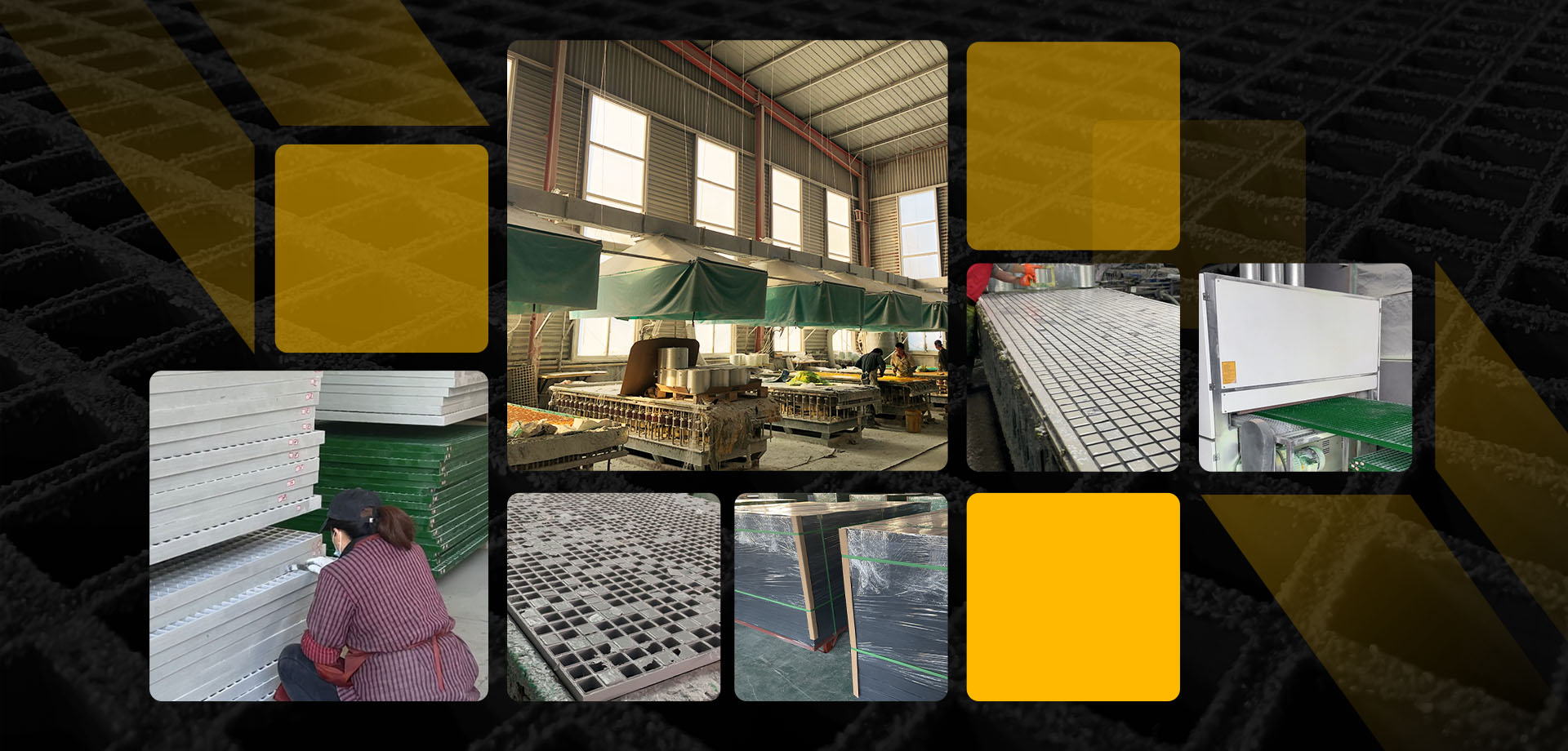loading...
- No. 9, Xingyuan South Street, Dongwaihuan Road, Zaoqiang County, Hengshui, Hebei, China
- admin@zjcomposites.com
- +86 15097380338
- Welcome to visit our website!
Designing a Square Water Tank for Efficient Storage and Space Optimization Solutions
The Square Water Tank A Practical Solution for Water Storage
Water is one of the most vital resources on our planet, essential for all forms of life. As the demand for fresh water continues to grow, innovative storage solutions have become increasingly necessary. One such solution is the square water tank—a design that balances efficiency, capacity, and space optimization. This article explores the advantages of square water tanks, their applications, and how they can contribute to sustainable water management.
Efficient Space Utilization
One of the primary benefits of square water tanks is their space efficiency. Unlike traditional cylindrical tanks, which may take up more floor space relative to their capacity, square tanks can fit snugly against walls or in corners. This ability to utilize space effectively makes them ideal for urban environments or areas with limited land availability. Whether installed in a backyard, on a rooftop, or within an industrial facility, these tanks maximize storage while minimizing the spatial footprint.
Increased Stability and Durability
Square water tanks are typically constructed from robust materials such as fiberglass, steel, or reinforced plastic, which contribute to their durability. Their shape provides a low center of gravity, enhancing stability, especially when filled to capacity. This structural advantage makes square tanks less likely to topple over in high winds or seismic events, ensuring that water storage remains intact during emergencies. Additionally, many square tanks come equipped with UV-resistant features that prevent degradation from prolonged sun exposure, further extending their lifespan.
Versatile Applications
square water tank

Square water tanks have versatile applications across various sectors. In residential settings, they can be used for rainwater harvesting, providing a sustainable source of water for gardening, washing, and even household uses in regions where water scarcity is a concern. In agricultural contexts, these tanks can serve as reservoirs for irrigation, helping farmers optimize their water use during dry periods.
Moreover, square water tanks play a crucial role in commercial and industrial operations. They are engaged in processes requiring large volumes of water, such as cooling systems in power plants or chemical processing in factories. Their modular design allows for scalability; multiple tanks can be connected to accommodate varying water needs.
Environmental Benefits
The use of square water tanks aligns with sustainable practices and environmental conservation. By harvesting rainwater or storing recycled water, these tanks reduce the demand on municipal water supplies and promote the efficient use of resources. This is particularly important in areas facing water scarcity or those impacted by climate change, where every drop counts. Moreover, integrating square water tanks into urban designs encourages the practice of sustainable living, fostering a culture of conservation and responsible water management.
Conclusion
In today’s world, where fresh water is an increasingly precious resource, square water tanks offer a practical, efficient, and versatile solution for water storage. Their design maximizes space, enhances stability, and caters to diverse applications, making them a valuable addition to both residential and industrial infrastructures. As communities around the globe continue to face challenges related to water scarcity, embracing innovative storage solutions like square water tanks will be an essential step toward achieving sustainable water management practices. By investing in such technologies, we can ensure a more secure water future for ourselves and generations to come.
-
GRP Structures: The Future of Lightweight, High-Performance EngineeringNewsJun.20,2025
-
FRP Water Tank: High-Performance Storage for Corrosive and Clean Water SystemsNewsJun.20,2025
-
FRP Square Tube: The New Industry Standard for Chemical and Structural ApplicationsNewsJun.20,2025
-
FRP Pultruded Profiles: The Ultimate Choice for Lightweight Structural StrengthNewsJun.20,2025
-
FRP Handrails: The Safer, Smarter, and Stronger Choice for Modern InfrastructureNewsJun.20,2025
-
FRP Grating: The Smart Solution for Durable, Lightweight Industrial FlooringNewsJun.20,2025
-
Why Choose a Galvanized Water Tank for Your Storage NeedsNewsMay.21,2025
